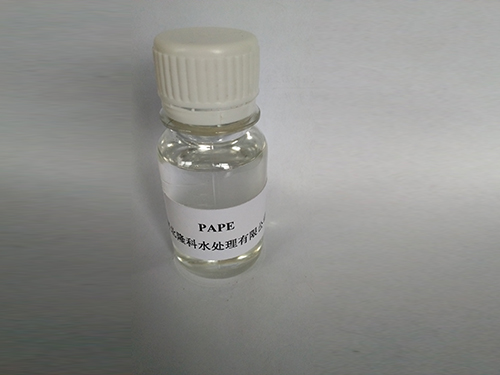Research on the Applications of Ethylene Diamine Tetra Methylene Phosphonic Acid in Industry and Environment
Understanding Ethylene Diamine Tetra Methylene Phosphonic Acid Properties and Applications
Ethylene diamine tetra methylene phosphonic acid (EDTMPA) is a versatile organic compound that has garnered attention in various fields, particularly for its unique chemical properties and potential applications. As a member of the phosphonic acid family, EDTMPA is characterized by its ability to chelate metal ions, making it valuable in multiple industrial sectors.
Chemical Structure and Properties
EDTMPA is a phosphonate with the chemical formula C7H18N2O8P. Its structure includes a central ethylene diamine backbone that is substituted with four methylene phosphonic acid groups. This configuration allows EDTMPA to exhibit excellent solubility in water, making it suitable for solutions and reactions in aqueous environments. The presence of phosphonic acid groups enables the compound to form stable complexes with metal ions, including calcium, iron, and magnesium, which is critical in its applications concerning corrosion inhibition and scale prevention.
One of the key properties of EDTMPA is its strong acid dissociation, which allows it to effectively react with other substances in various pH conditions. This property is particularly beneficial in applications like water treatment and agriculture, where the pH of the environment can vary significantly.
Applications in Different Industries
1. Water Treatment One of the primary applications of EDTMPA is in the water treatment industry, where it is used to prevent scaling and corrosion in industrial cooling systems. The compound’s ability to sequester metal ions helps in controlling the formation of scale, which can impede efficiency and lead to increased energy costs. Additionally, EDTMPA provides effective stabilization of metal ions, reducing the potential for toxic metal contamination in water supplies.
2. Agriculture In agricultural practices, EDTMPA serves as a chelating agent that enhances nutrient availability for plants. By binding with essential micronutrients such as iron and zinc, EDTMPA helps improve their solubility, making it easier for plants to absorb these nutrients from the soil. This not only promotes healthier plant growth but also contributes to higher crop yields, making it a valuable tool for farmers.
ethylene diamine tetra methylene phosphonic acid

3. Cosmetic Formulations The cosmetic industry has also recognized the potential of EDTMPA. Its chelating properties can help stabilize formulations, ensuring that active ingredients remain effective over time. Moreover, it can improve the texture and feel of cosmetic products, enhancing the overall user experience.
4. Pharmaceuticals EDTMPA has made its way into pharmaceutical applications, where it is used in drug formulation and delivery systems. Its ability to form complexes with metal ions can enhance the bioavailability of certain drugs and aid in their controlled release in the body, improving therapeutic efficacy.
5. Industrial Cleaning In industrial settings, EDTMPA is employed as a cleaning agent, particularly in formulations designed to remove metal residues and other contaminants from surfaces and equipment. Its effectiveness in breaking down tough deposits is crucial in maintaining equipment efficiency and prolonging lifespan.
Environmental Considerations
While the benefits of EDTMPA are numerous, it is essential to consider the environmental impact of its production and usage. Efforts are being made to evaluate its biodegradability and long-term effects on ecosystems. As with any chemical compound, promoting green chemistry principles, such as minimizing waste and ensuring safe usage in applications, is critical for sustainable development.
Conclusion
Ethylene diamine tetra methylene phosphonic acid is a remarkable compound with diverse applications across various industries. From water treatment to agriculture, its ability to interact with metal ions has positioned it as an essential agent in many processes. As research continues and innovative applications are explored, EDTMPA is expected to play an even more significant role in enhancing efficiency, sustainability, and effectiveness in industrial and agricultural practices. With responsible usage and ongoing research into its environmental impact, EDTMPA represents a promising tool in modern chemistry and industry.
-
lk-319-special-scale-and-corrosion-inhibitor-for-steel-plants-advanced-solutions-for-industrial-water-systemsNewsAug.22,2025
-
flocculant-water-treatment-essential-chemical-solutions-for-purification-processesNewsAug.22,2025
-
isothiazolinones-versatile-microbial-control-agents-for-industrial-and-consumer-applicationsNewsAug.22,2025
-
scale-inhibitor-key-solutions-for-water-system-scale-preventionNewsAug.22,2025
-
organophosphonates-versatile-scale-inhibitors-for-industrial-water-systemsNewsAug.22,2025
-
scale-and-corrosion-inhibitor-essential-chemical-solutions-for-water-system-maintenanceNewsAug.22,2025





